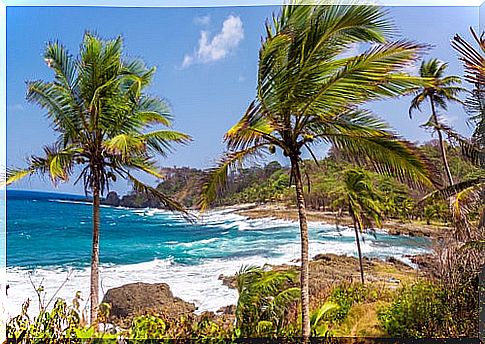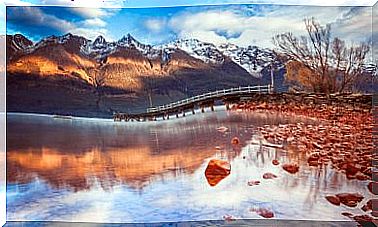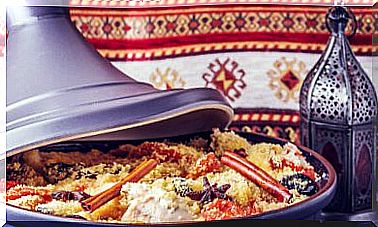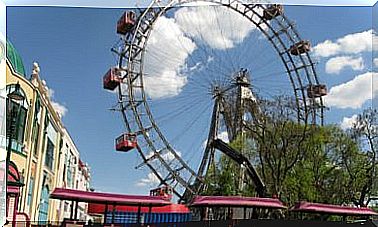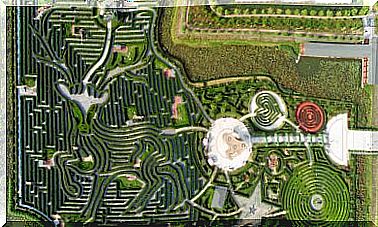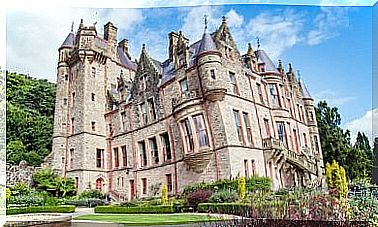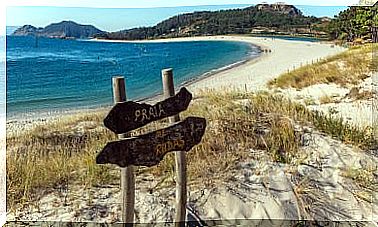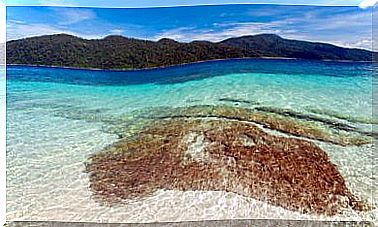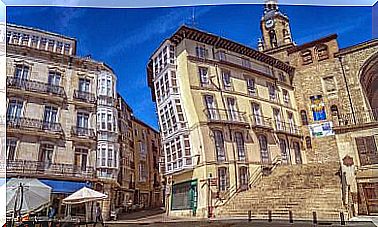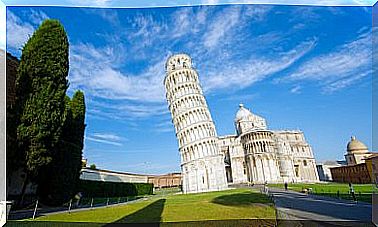The Indigenous Region Of Guna Yala In Panama
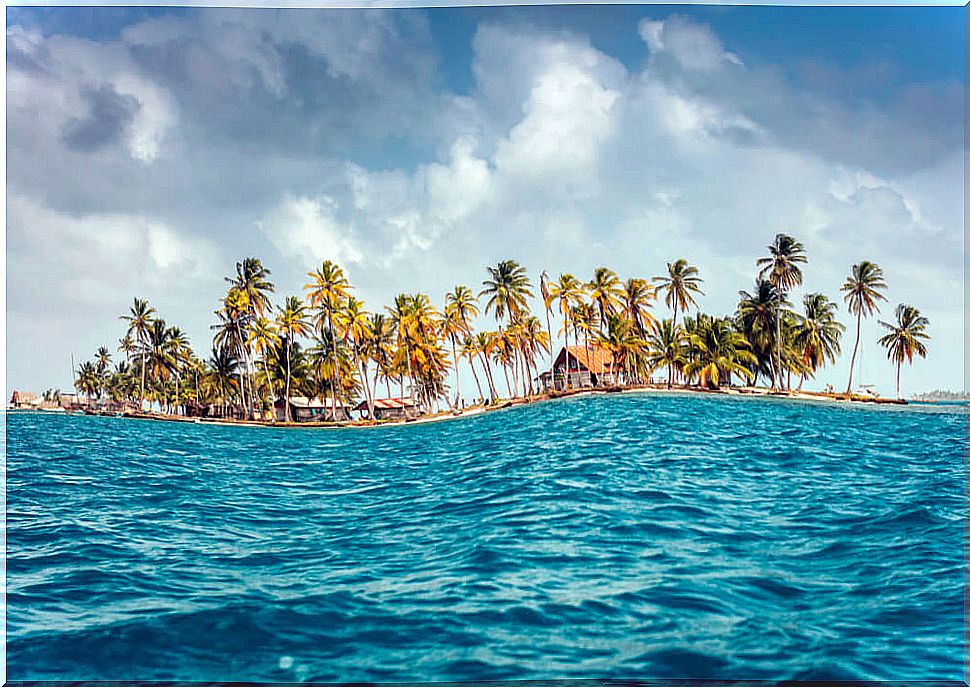
There are many ways of doing tourism, but here we will talk about one: indigenous tourism. It is a tourism from within, with the participatory construction of services that can be offered to visitors based on the thought, reflection and actions of indigenous peoples. And we are going to focus on a region of Panama: the indigenous region of Guna Yala.
It is an autonomous region of the Isthmus country managed by the Tule people, also known as Guna or Kuna. First we are going to talk briefly about the Tule people, then about the indigenous region and, finally, we will talk about tourism in Guana Yala.
The indigenous region in Guna Yala
The kunas, gunas or the tule people
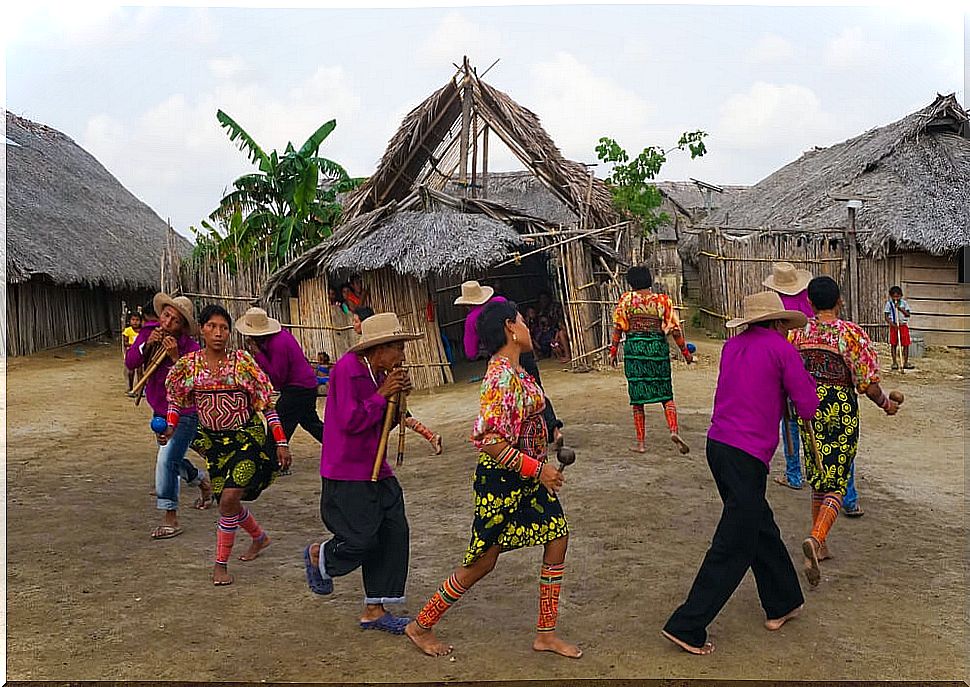
The Kuna are a people that was settled in the lower reaches of the Atrato River. With the arrival of the Europeans to the territory, there was a forced mobilization of peoples that forced the ancient Kuna to modify their place of settlement. They managed to establish themselves in the Darien region and on the southern Caribbean coast of present-day Panama.
The history of this people is a clear example of the resistance that many indigenous peoples opposed to European domination. This is so because, despite the Crown’s attempts to gain control of the Darien region and subdue this people, the Kuna managed to maintain their independence.
In the 20th century, the State of Panama had the need to occupy and control those territories, but the tenacity of this people put the Panamanian authorities in check. So much so, that in 1925, with the so-called Tule Revolution, they came to declare the independence of their territories and form the short-lived Republic of Tule.
These struggles were the engine for the State to recognize their territories as an indigenous reserve in 1938. Later, in 1953, it was granted the category of indigenous autonomous region and the General Kuna Congress (CGK) was established, the highest political and administrative authority in the region.
The indigenous region of Guna Yala
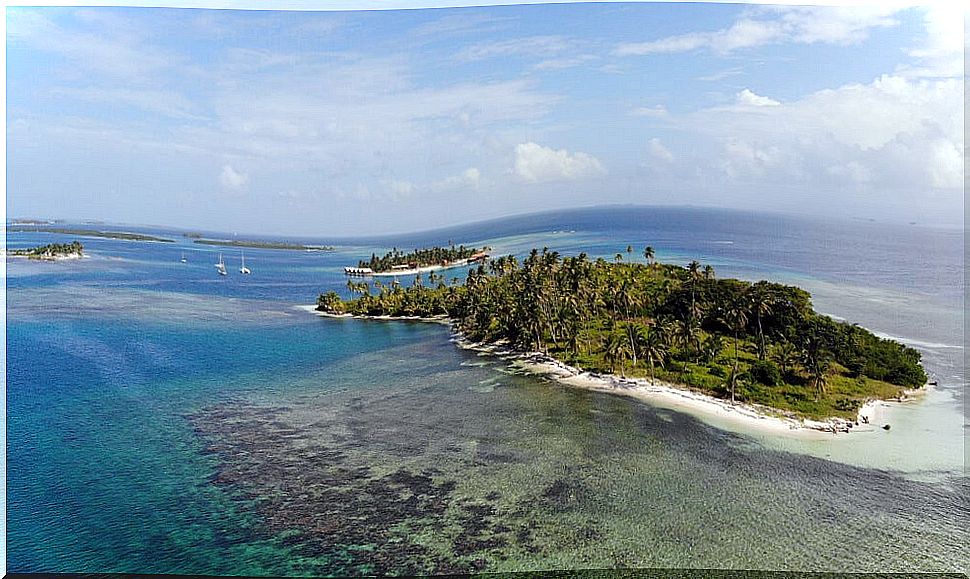
The Guna Yala region stretches from the Gulf of San Blas to Cape Tiburon, on the border with Colombia. It has an area of 3,260 km² and it includes the insular region of the Mulatas archipelago, with approximately 400 islands.
Due to the beauty of the territory, Guna Yala, with the boom in tourism, quickly became a dream destination. But that tourism model implemented since the 1940s did not translate into benefits for the community, as it failed to generate jobs. These modalities, which can still be practiced, are that of large cruises, eco-lodges and sailboats.
Guna Yala Tourism
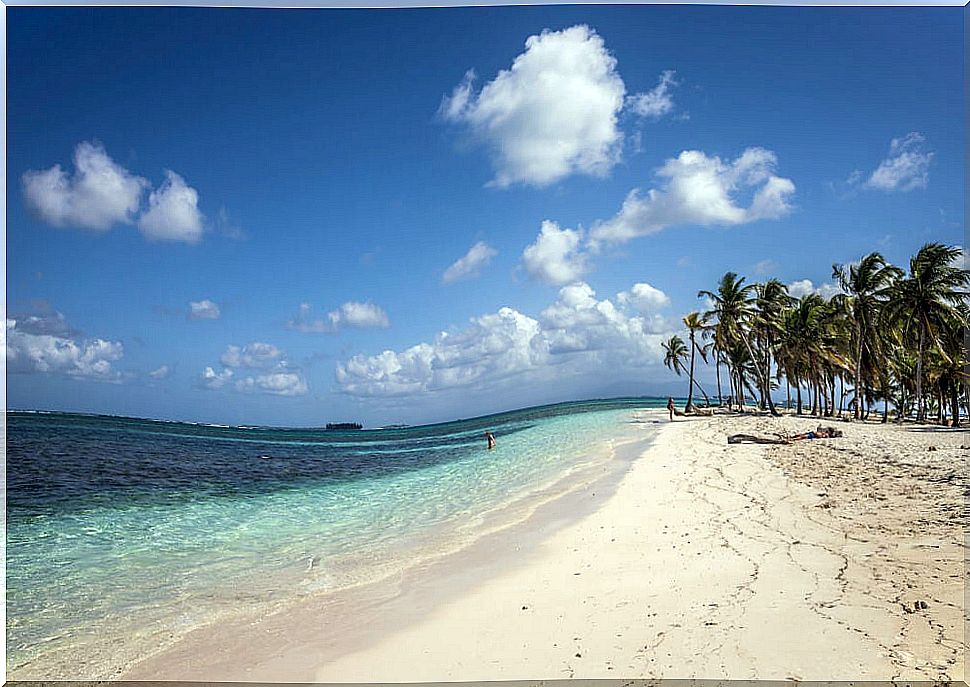
Large cruises make stops in the paradisiacal islands of Guna Yala to visit a community, take photos and buy handicrafts, since their textile handicrafts, the molas, are very popular. If you decide to get to know Guna Yala through this form of tourism, you will only spend a few hours in the community.
Sailing is an option to spend more time touring the islands and visiting different indigenous communities. On the other hand, eco-lodges are small hotel establishments built in the jungle or on the beach. In them, contact with the local culture is limited to brief visits to attend a ceremony or buy handicrafts.
Since 1996, the CGK included within the Kuna Fundamental Law, a Tourism Statute that aimed to limit uncontrolled tourist activity. With this, he wanted to promote “an orderly, sustainable and healthy tourism, making known the respect and love for Mother Nature and her Cultural Identity, providing security and a high level of quality of services to its visitors.”
Taking this as a framework, the Guna have become tourism managers, they have adapted their spaces and times to the arrival of tourists. Of course, always trying to control tourism development and its natural, cultural and political resources.
How to get to Guna Yala?
There are several ways to get to the region. The fastest is to fly from the Albrook airport, in Panama City, to the island of El Porvenir. You can also get there by land through the only road that connects with the community of Carti. From its port you can take a boat to the island you have chosen to visit.
Where to stay?
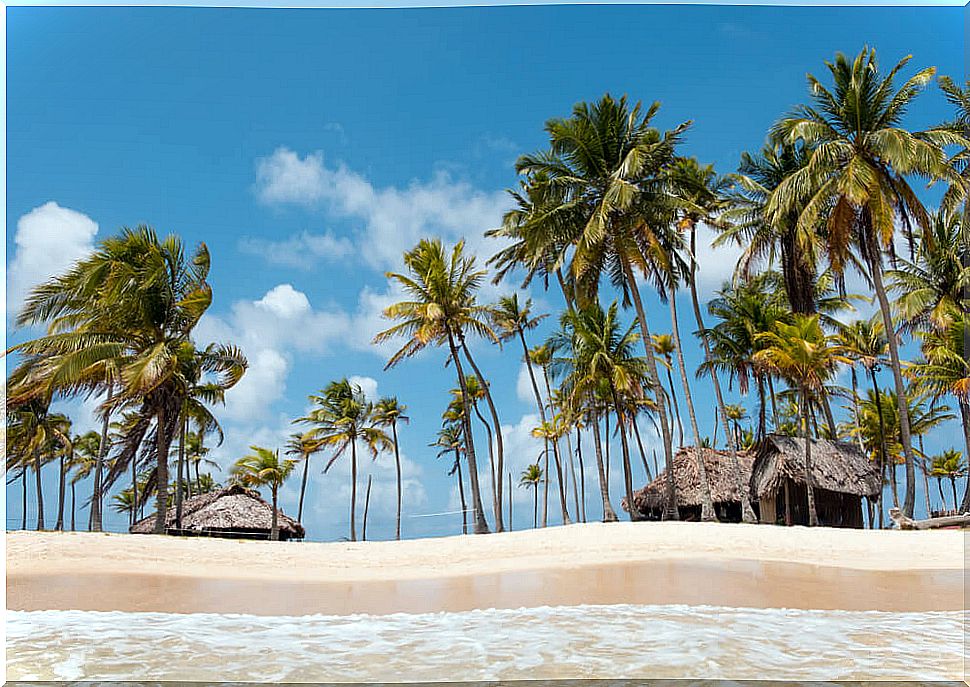
On the different islands there are cabins managed by the communities themselves and authorized by the Secretariat for Tourism Affairs. Generally, packages are offered that include travel, accommodation and food. There is also the possibility of camping, although it is not possible to do so on all the islands.
Some practical information
To access the region you have to pay a tax and, depending on the islands you visit, you will have to pay others. The justification given by the Guna is that it is a necessary collection for the maintenance of the region, since they hardly receive any support from the State.
The Guna Yala islands are a heavenly place where you can enjoy a sea of turquoise waters, so don’t forget to bring snorkeling glasses to appreciate all its beauty. It is totally advisable to bring insect repellants, because although on islands with little vegetation there are fewer mosquitoes, we must remember that we are in the tropics.
The Guna are very strict with the observance of the rules. For this reason, it is totally recommended that before going to Guna Yala you read the regulations that regulate tourist activities in the region.
Finally, point out that this type of tourism is more than going to see the folklore of indigenous cultures. By practicing it, you will be participating in a proposal where you will be involved in a project for the administration of communal assets inherited from traditional uses and customs in which it seeks to conserve Mother Nature and the human groups that belong to her.
